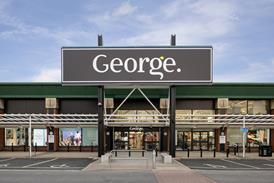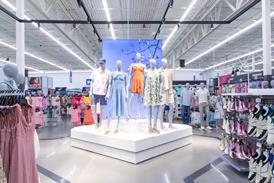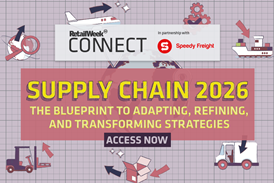Harnessing the power of content
The strategies setting Elemis, Boots and Nike apart from the competition

The brands that succeed in today’s hyper-competitive market fall into two camps – those that lure customers in with low prices and convenience, and those that build communities to drive loyalty and engagement.
For the latter, content is a powerful tool to create immersive brand worlds for consumers and a sense of community.
More than half of businesses (54.5%) plan to spend more on content marketing in 2024 than in 2023, with over half of companies intending to allocate more resources, according to Forbes Advisor. As brands recognise the power of content marketing in driving everything from loyalty to customer experience and sales, the skill lies in cutting through the noise to ensure the style of content complements the stage of the shopper’s journey, reaching audiences on the optimal platform.
''What really matters is understanding your brand, your audience and the stage of the consumer journey and tailoring content to your specific situation and needs''
As Hannah Sheahan, head of social at beauty brand Elemis says: “It’s no longer about clicks and conversions. We have to be more creative, more strategic and more community-focused in our approach to content.”
This deep-dive article is the third in a series of six collectively entitled Consumer 2025 – from acquisition to advocacy, produced in partnership with Bloomreach, produced in partnership with Bloomreach, which, powered by AI, personalises the ecommerce experience, unifying real-time customer and product data across channels so businesses understand what customers really want. The series is designed to analyse how the retail sector will rise to meet evolving and growing expectations of consumers.
In this deep dive, we look at the power of content marketing and the importance of building communities. Plus we’ll drill down into how to leverage those loyal consumers within the purchase journey and how AI is affecting the sector.
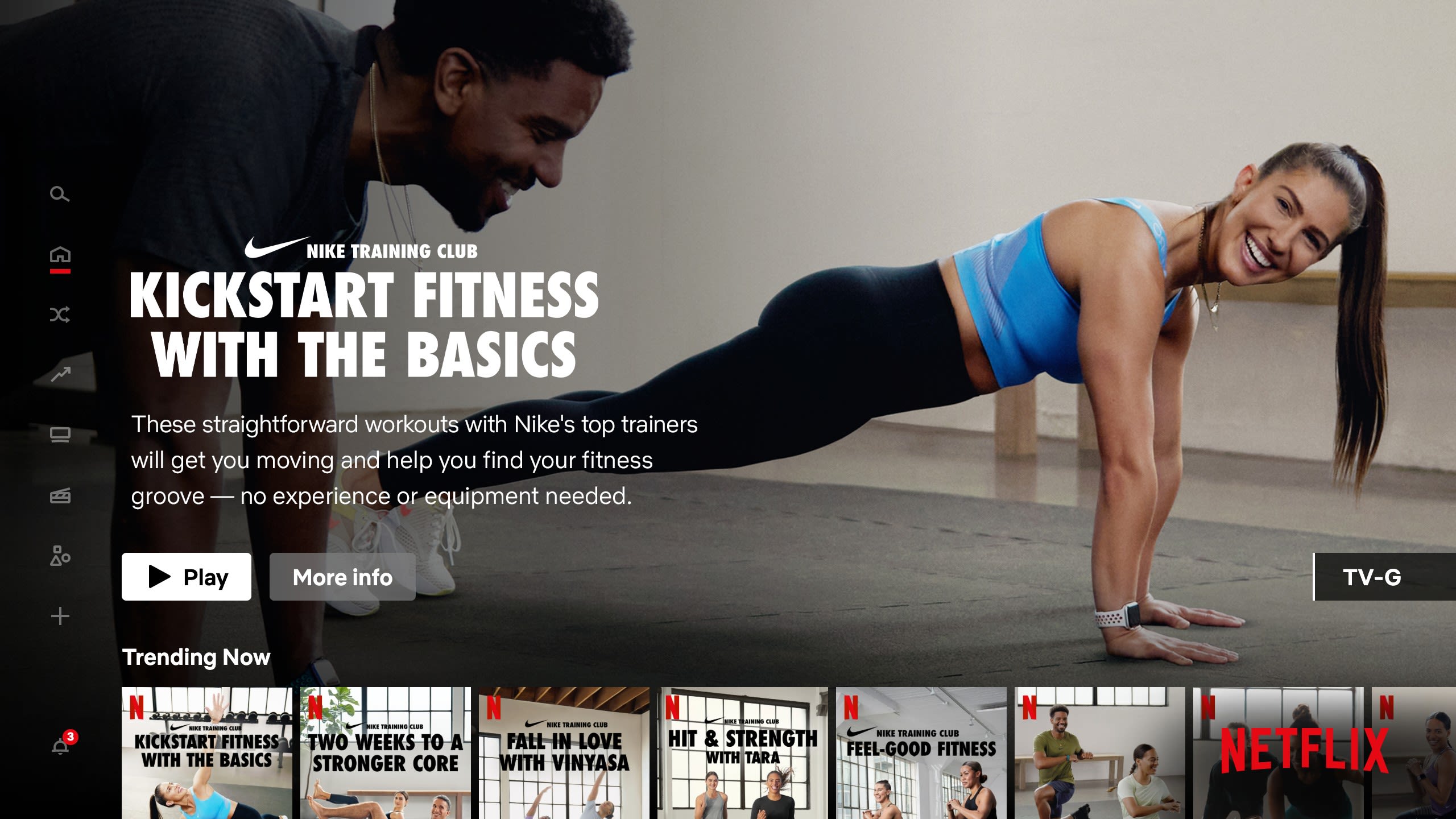
Nike's Training Club connects with customers via its app and steaming services (Source: Nike)
Nike's Training Club connects with customers via its app and steaming services (Source: Nike)
A little more conversation
Storytelling can engage consumers and communicate the ethos of a brand beyond its products. As social media has flourished and platforms have proliferated, ways of telling stories have changed, fuelling new formats and driving interactivity.
As Gemma Glover, influencer strategy director at creative agency House 337, says: content has become a “cornerstone” in the retail sector.
She cites Nike as a prime example.
“The Nike Training Club app offers workout routines, training tips, and motivational content, while Amazon hosts live-streamed content whereby influencers and hosts demonstrate products, offer deals and interact with viewers in real-time.” This interactivity can increase loyalty and sales and enhance the customer experience.
Storytelling can be impactful regardless of medium, as long as the retailer taps into its audience’s specific wants and needs. As Nicky Smith, strategy director at creative company Eleven Miles says, there isn’t a holy grail. “Low-fi video, high-quality images, compelling storytelling – they all play their part or have no part to play. What really matters is understanding your brand, your audience and the stage of the consumer journey and tailoring content to your specific situation and needs.”
Community building
Retail brands need to connect with their audience and build a community. One of the prime ways to do this is via user-generated content (UGC). Creator-led content often works best as it feels genuine and builds trust with the brand.
According to product experience management technology company Salsify, while product images and descriptions are “extremely” or “very” important to 78% of shoppers when deciding to complete a purchase, customer ratings and reviews (72%) and UGC (40%) – including customer images and videos – also rank highly.
Rainwear brand Stutterheim is a good example of this. The retailer wanted to establish recognition as a premium brand while driving revenue. It leveraged UGC and emphasised product quality to do this. The retailer increased its use of UGC on social media and saw a significant rise in click-through rates and transactions. Figures from January 2024 show link clicks increased by 71% and purchases tripled year on year.
''We trust our customers to tell our brand story in their own way — only then can it be truly authentic''
Elemis is another prime example. The brand is focused on building and collaborating with a community, encouraging them to share their own content. As Sheahan says: “Ultimately, people don’t want to hear what a brand is saying about themselves anymore. Instead, they want to make purchasing decisions based on recommendations from friends, family and regular people they follow on social media, so UGC is the perfect answer to this.”
The skincare brand’s social affiliate programme 'Skinsiders' engages its most socially active customers and incentivises them to create and share content. “We trust our customers to tell our brand story in their own way — only then can it be truly authentic,” says Sheahan. “Giving creators the freedom to wrap our message in a way that works for them is the key.”
Next also has a focus on user-generated and influencer content. “The brand understands its customers want to see clothes worn on real people and its TikTok channel, with almost 150,000 followers, is reactive to trends in a way which resonates with younger audiences,” says Glover.
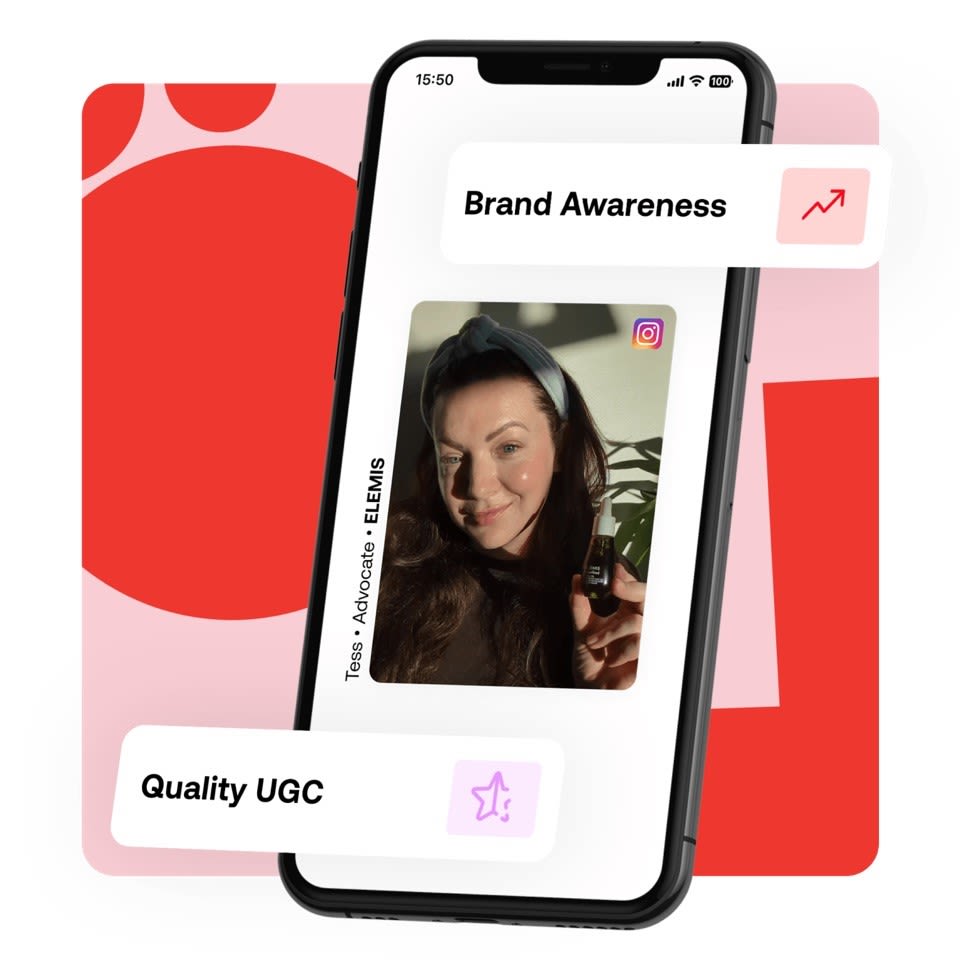
Elemis is focused on collaborating with its community, encouraging them to share their own content (Source: Elemis)
Elemis is focused on collaborating with its community, encouraging them to share their own content (Source: Elemis)
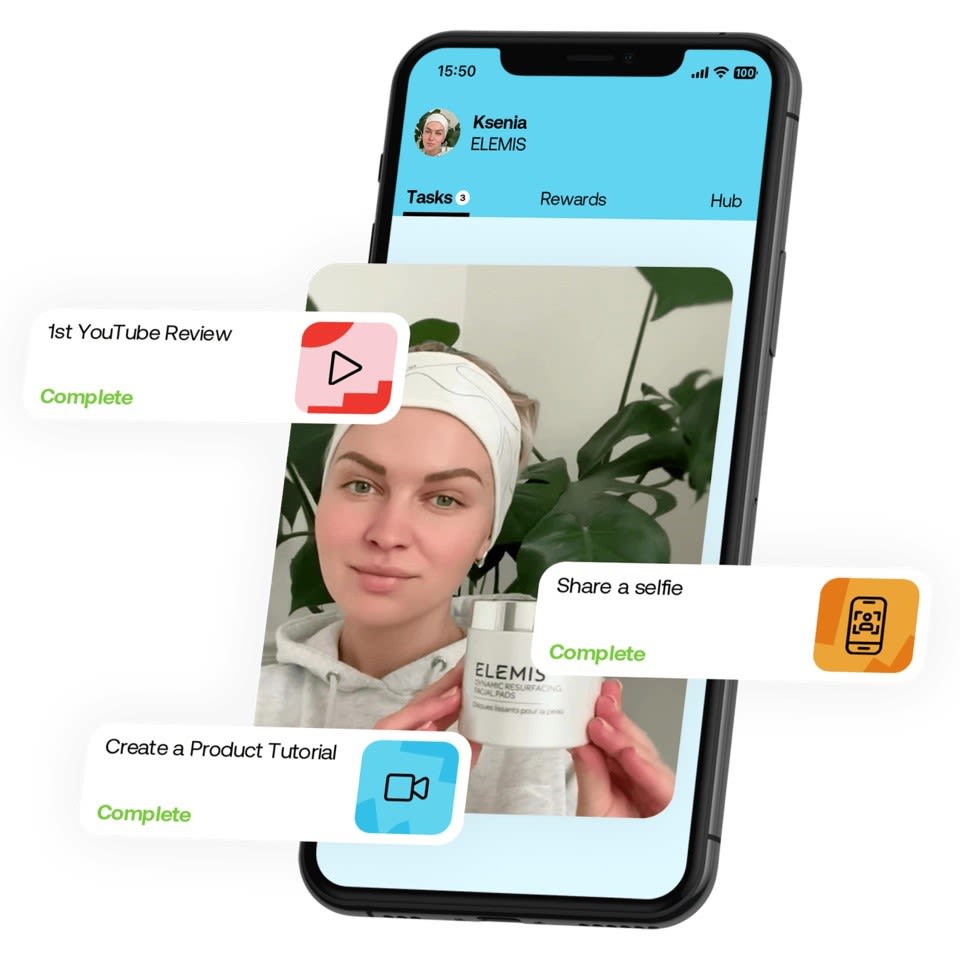
Elemis is focused on collaborating with its community, encouraging them to share their own content (Source: Elemis)
Elemis is focused on collaborating with its community, encouraging them to share their own content (Source: Elemis)

Matching content to journey
For content to truly resonate, it needs to be created with the user at its heart and tailored to where an individual is in the purchase journey. For example, for a customer at the decision stage, product-specific information and delivery FAQs are likely to be key to conversion, while a customer seeing a social media ad for the first time will be more responsive to general brand awareness.
As Smith says, the role of content at different stages remains the same as it always has: topic, execution and delivery must be tailored to the brand and its audience.
“Generally, in the awareness stage, we want to spark your interest with appealing images and engaging stories that break through the stream of posts on your social feed.
“At the consideration stage, we need to dive deeper with informative video tutorials and product demos that answer your burning questions. Then, when it comes to decision time, what’s left is detailed descriptions, authentic customer reviews and maybe even a sneak peek at our latest loyalty programme perks will help you make that final call,” she says.
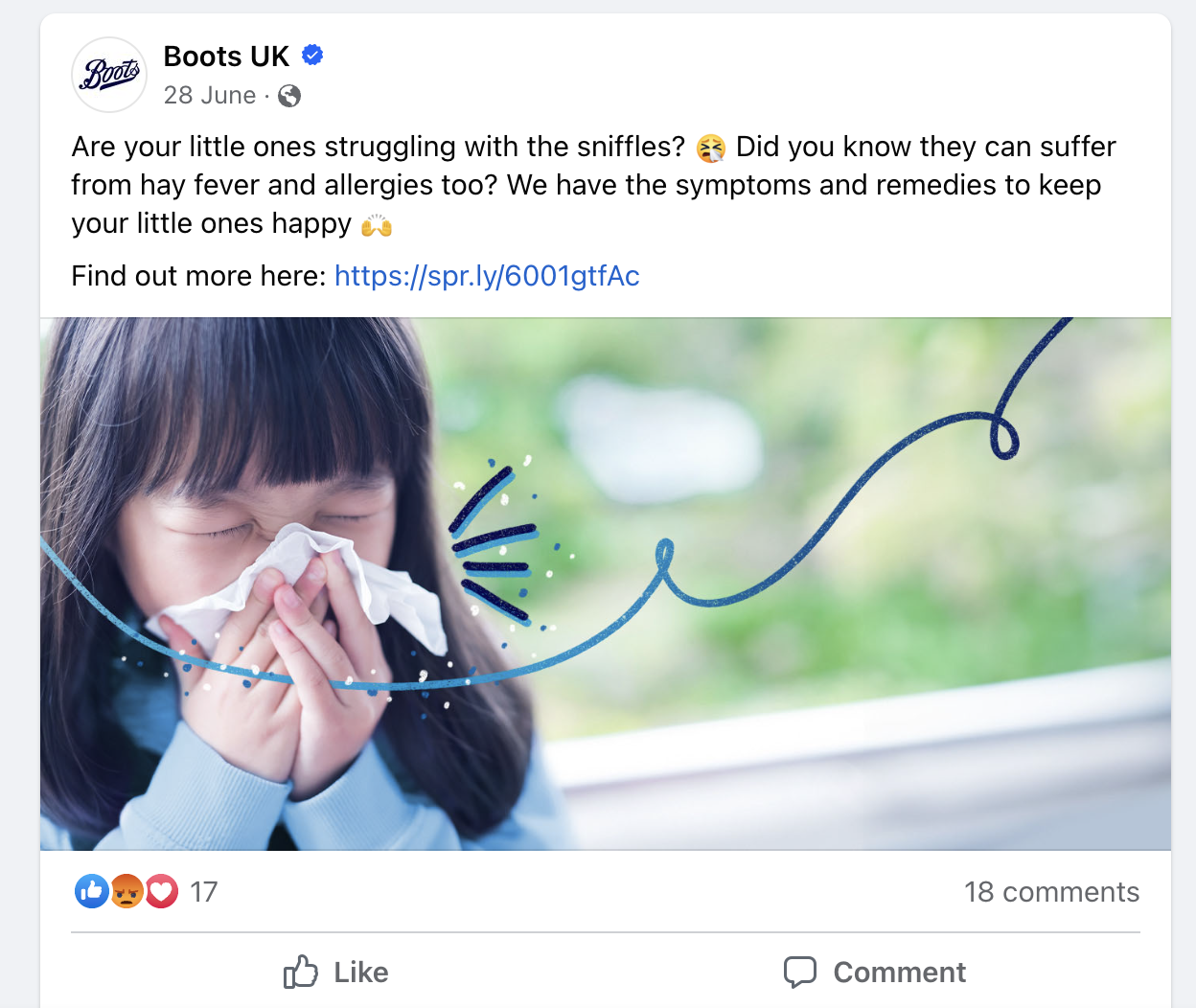
Boots used Facebook ads and blog posts to target potential customers (Source: Boots UK Facebook page)
Boots used Facebook ads and blog posts to target potential customers (Source: Boots UK Facebook page)
Boots harnesses content to educate hayfever sufferers
Boots’ Clarityn Allergy Campaign launched in May 2024 and ran until mid-July in partnership with Bayer. The campaign aimed to drive consideration of the brand during peak hayfever allergy season.
“When the recent high pollen counts spiked, we were able to reach shoppers effectively across the path to purchase by tapping into Boots Advantage Card data to refine our targeting and drive campaign effectiveness,” says Georgia Martin, partnership director at Boots Media Group.
A mixture of static and video ads on Facebook and Instagram were used in the form of in-feed ads and story ads, while audience segments were used to decide which creative to show to different customer cohorts. These groups included ‘allergy shoppers with high intent’, ‘current Clarityn shoppers’ and ‘lapsed Clarityn shoppers’.
In the awareness and consideration phases, Boots used blog content to inform households about different hayfever solutions, driving sales and awareness. Other content included animation, detailing pollen counts and symptoms to drive awareness and encourage store visits.
“The campaign not only educates Boots’ shoppers on how to relieve symptoms of hayfever but helped them to find a quick solution through educational and reactive content,” says Martin.
Leveraging AI
One of the biggest impacts – and, arguably, opportunities – within content marketing is the emergence of AI. According to research by SAP Emarsys, more than two-thirds of UK marketers (69%) have increased their investment in AI in 2024. Of these, 50% attribute a boost in customer engagement to AI, while another 50% report a boost in customer loyalty.
There is certainly a place for it. Gen-AI, such as ChatGPT, can empower marketers to test personalised content at scale as well as generate new content. Smith describes AI as “the ultimate wingman, freeing up your marketing team to focus on the big picture”.
She adds: “AI takes away the more tedious content creation and handles the heavy lifting, creating personalised emails, optimising content for search engines and even A/B testing different headlines to see what makes your audience tick.”
In spring, Matalan deployed ChatGPT to write copy in product descriptions for its men’s suits on Google Shopping ads. Search impressions increased by up to 16% compared to those featuring human copy because the keyword-heavy sentences produced by Gen-AI performed better in Google’s ranking algorithm, Digiday reports.
But AI is divisive. With consumers increasingly valuing authenticity and responding to UGC, AI may drive users to place even greater value on authentic interactions.
Brands will need to use AI in a way that still emphasises their personality and authenticity. One area that is seeing increased use in retail is imagery. Here, brands need to create images that still have a clear brand voice, are playful and fit in with the overall brand communication.

Matalan used ChatGPT to write copy in product descriptions for its men’s suits (Source: Matalan)
Matalan used ChatGPT to write copy in product descriptions for its men’s suits (Source: Matalan)

Conclusion
Today’s audiences expect timely and intuitive information that entertains and informs. It must be true to the brand but with the needs of the audience at its heart.
As technology advances, opportunities abound to create and test – at scale – highly targeted content at different stages of the consumer journey. Retailers that continue to innovate, test and evolve will be the ones to reap the rewards.







